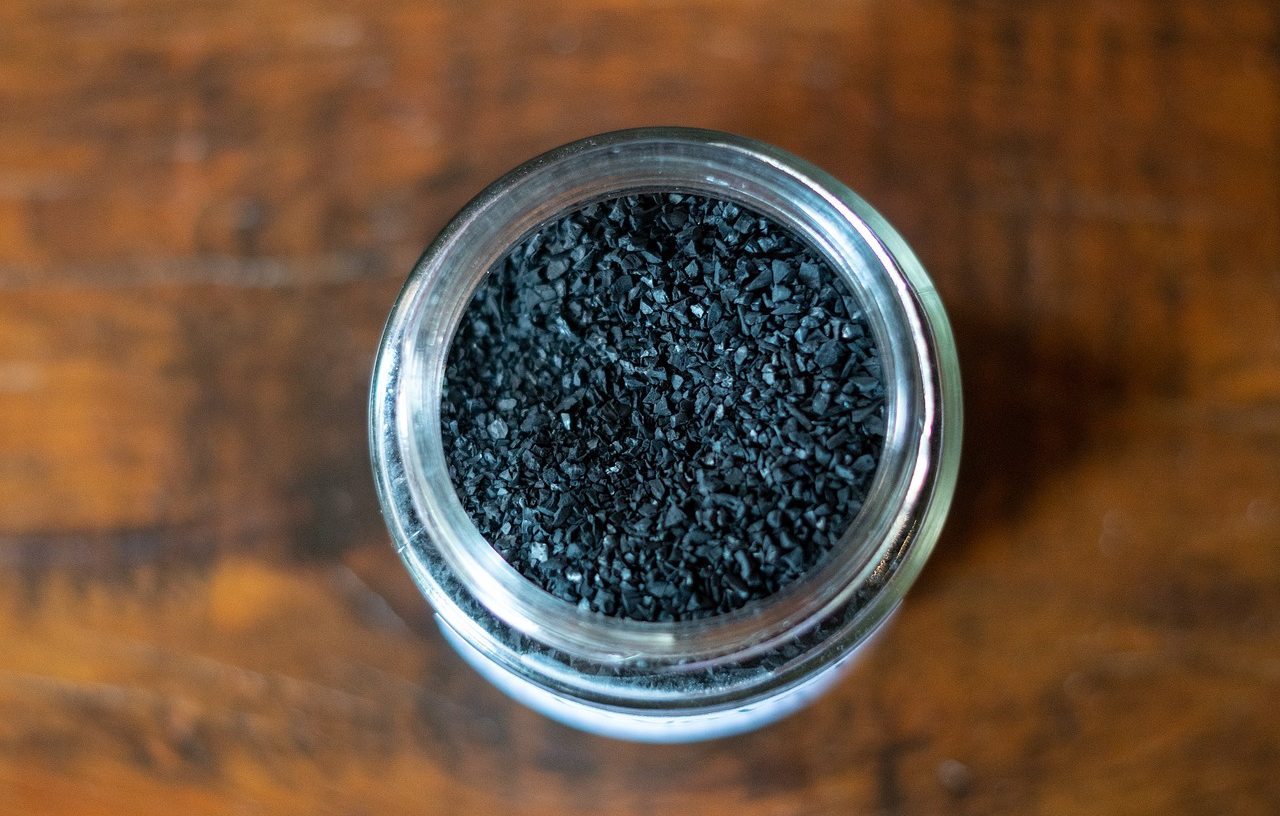
Activated carbon stands out for its adsorption capacity thanks to its very small pores.
Activated carbon is a notion that refers to a set of carbons characterized by their adsorption capacity thanks to their small pores . In these pores, activated carbon (also called active carbon ) traps different kinds of compounds, often organic.
It is important to differentiate between adsorption and absorption . Adsorption involves molecules or atoms becoming trapped on the surface of the material. Absorption, on the other hand, is linked to volume.
Activated carbon in purification
By observing activated carbon under a microscope, it is possible to recognize the small cracks in its structure . In these micropores of a few nanometers in diameter, the adsorption of numerous particles occurs.
This capacity of activated carbon means that the element can be used for purification or cleaning purposes. Activated carbon can be used to purify water or air; to control polluting emissions from motor vehicles; and even for various detoxification treatments for people or animals.
In the case of water purification, for example, activated carbon can retain toxins, oils, pesticides and many other substances. By retaining all types of particles, this charcoal is able to eliminate odors from the environment and flavors or colors of different bodies.

Activated carbon is usually obtained from mineral coal or wood of low hardness.
Other uses
In addition to everything stated above, we cannot ignore the fact that activated carbon is used in many other applications and services such as the following:
- To treat cases of overdose due to oral ingestion. In this case, it plays a fundamental role because it is capable of absorbing the toxic substance in the stomach of the individual in question.
- Among the best-known uses of this element we have to highlight that it is found in cigarette filters.
- For the treatment and cleaning of waste.
- In the gas masks.
In the same way, we cannot ignore that, in recent years, there has been a notable increase in the use of activated or activated carbon in the cosmetics sector. Thus, it is used to shape both products that are responsible for whitening teeth and masks that have a purifying mission.
However, also within this area it is used in the composition of shampoos, so-called detox drinks and even in the manufacture of toothpastes, toothbrushes and facial brushes.
Activated carbon production
Although in theory activated carbon can be obtained from any charcoal, it is easier to do so from mineral charcoal , charcoal from wood of low hardness, and carbonaceous materials such as walnut shells.
In this framework, it must be said that activated carbon can be produced in cylinders, granules or powders.
